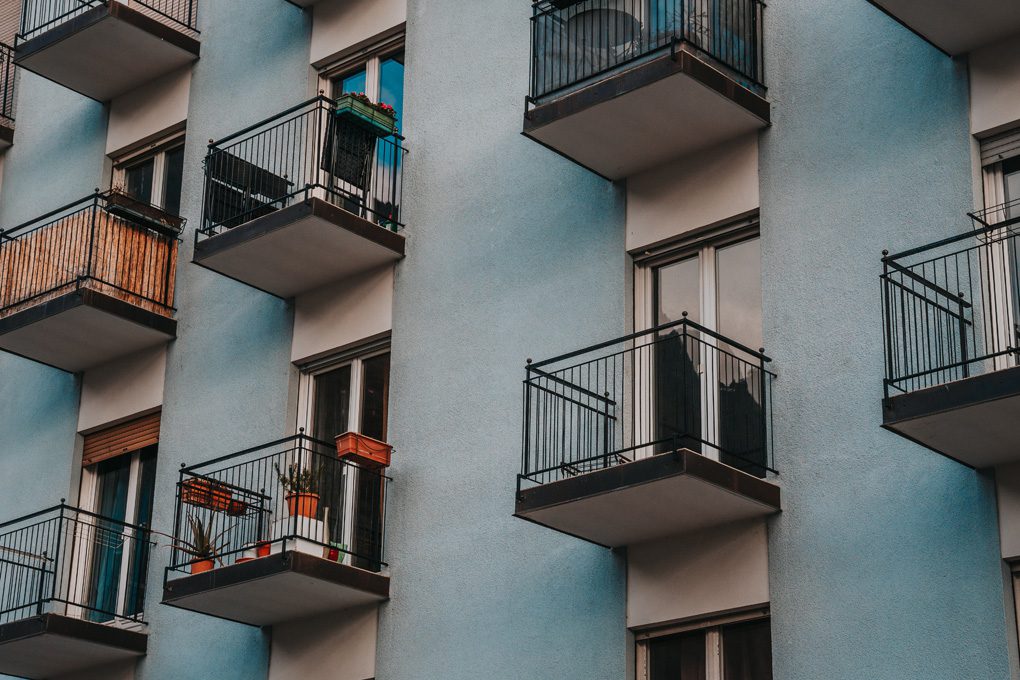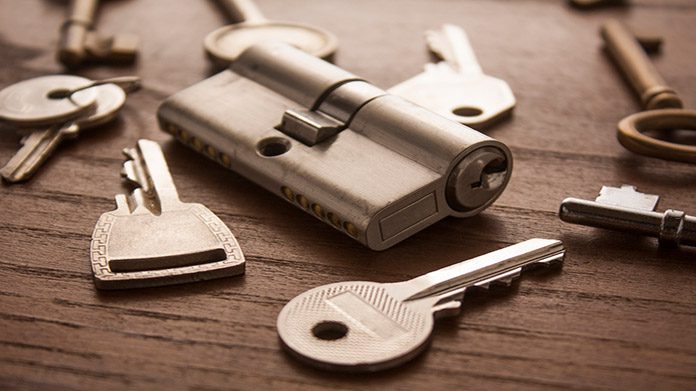You can start a business at 10 years old by finding something you’re passionate about and turning it into a money-making opportunity. To get started, come up with a product or service you can offer, then develop a marketing plan and start reaching out to potential customers. You’ll need to work hard and be patient, but if you stay focused on your goals, you can make your business thrive.
- Choose a business idea: Think about what kinds of products or services you’d like to sell
- Consider what 10-year-olds are interested in and what needs they have that could be met by your business
- Research the market: Once you have an idea of what kind of business you’d like to start, research the potential customer base for your product or service
- Make sure there is a demand for what you want to sell before moving forward with your plans
- Write a business plan: A business plan is a document that outlines your business goals, strategies, and how you plan on achieving them
- This is an important step in starting any business, but especially important if you’re only 10 years old! Be sure to include information on what makes your business unique and how you will reach your target market
- Find financing: If you’re going to need help paying for supplies or other startup costs, talk to your parents or another adult about investing in your new venture
- You may also be able to earn money through crowdfunding platforms or by selling products pre-launch to generate capital for your business
- Get started!: Once you have all of the above figured out, it’s time to get started on making your dream a reality! Whether that means setting up an online store, opening a brick-and-mortar shop, or something else entirely, take action and start working towards building a successful 10-year-old entrepreneur!
How to Start a Business at 9 Years Old
Starting a business at 9 years old may seem like a daunting task, but it is definitely possible! Here are a few tips to get you started:
1. Figure out what you’re passionate about.
What are you really good at? This is the first step in finding a business idea that will work for you.
2. Do your research.
Once you have an idea of what you want to do, start researching everything there is to know about starting and running a business. This includes financial planning, marketing, and more.
3. Create a plan.
Once you have all the information you need, it’s time to start putting together a business plan. This should include things like your goals, strategies, and how you plan on making money.
4. Find some help.
Even if you’re 9 years old, starting a business can be tough to do on your own. Talk to your parents or another adult who can help mentor and guide you through the process.
5. Get started!
The hardest part is taking that first step, but once you do, the rest will fall into place and before long, you’ll be running your very own successful business!
Can a 10 Year Old Start a Business
Yes, a ten-year-old can start a business. In fact, many young entrepreneurs have successful businesses. Some ideas for businesses that a ten-year-old could start include: dog walking, yard work, car washing, and baking cookies or cakes.
To get started, the young entrepreneur should develop a business plan. This will help them to determine what services they will offer, how they will advertise their business, and what their costs will be. They should also talk to their parents or guardians about starting the business to get some guidance and support.
Once the business plan is developed and approved, it’s time to start advertising and providing services!
How to Start a Business As a Kid With No Money
Do you have a great business idea but don’t have any money to start it? Don’t worry! There are plenty of ways to start a business as a kid with no money.
Here are a few ideas:
1. Start an online business: With the rise of the internet, there are more opportunities than ever to start an online business. If you have a great idea for a product or service, you can create a website or blog and start promoting your business online.
You can also sell products online through sites like eBay or Amazon.
2. Do odd jobs: Another way to raise money for your new business is by doing odd jobs for people in your community. This could include walking dogs, mowing lawns, or running errands for busy families.
Once you’ve saved up enough money, you can use it to start your own business.
3. Have a garage sale: This is a great way to get rid of unwanted items and make some extra cash at the same time. Advertise your garage sale in advance and be sure to price everything clearly so people know what they’re buying.
You can use the money you make from your garage sale to help finance your new business venture.
How to Start a Business As a Kid Online
There are a lot of kids out there with big ideas for businesses, but not everyone knows where to start. If you’re a kid with an entrepreneurial spirit, here’s how you can start your own business online.
1. Find Your Niche
The first step to starting any business is finding your niche. What are you passionate about? What do you excel at?
These are the things you should focus on when choosing what kind of business to start. Once you’ve found your niche, it’ll be much easier to come up with ideas for products or services to offer.
2. Research the Competition
Before you launch your own business, it’s important to do some research and see what other companies in your niche are doing. See what they’re offering and find ways to make your own products or services better or more unique. This will help you stand out in the market and attract customers.
How to Start a Business at 12 Years Old
Are you looking for ways to make money at 12 years old? Starting your own business is a great way to do just that! But where do you start?
Here are a few tips to get you started on your entrepreneurial journey:
1. Figure out what you’re good at. What are your strengths and talents?
Consider starting a business that allows you to leverage those strengths.
2. Do your research. Once you have an idea of the type of business you’d like to start, it’s time to do some research.
This includes things like learning about the industry, potential customers, competition, and more.
3. Create a plan. Just like any other type of business, starting your own requires a well-thought-out plan.
This should include everything from your marketing strategy to your financial goals.
4. Raise funds (if necessary). In some cases, you may need to raise money to get your business off the ground.
This could involve asking family and friends for investment or taking out a loan (if you’re legally able to do so).
Can a 11 Year Old Start a Business
Technically, there is no minimum age requirement to start a business in the United States. However, depending on the type of business and what is required to get started, 11 year olds may need assistance from adults or may be better suited to starting a different type of venture.
For example, if an 11 year old wants to start a traditional brick-and-mortar business, they will likely need help with things like securing financing, finding commercial space, and hiring employees.
They may also have difficulty understanding some of the legal aspects of starting and running a business. In these cases, it might be better for the child to wait until they are a bit older or consider starting a simpler type of business.
There are, however, many types of businesses that an 11 year old could potentially start on their own.
For instance, they could start an online store or blog or become a pet-sitter or dog-walker in their neighborhood. If they are creative and have good marketing skills, they could even start their own YouTube channel or social media account dedicated to their business. Whatever type of business they decide to pursue, it’s important that 11 year olds research the requirements and make sure they understand what goes into running a successful enterprise before getting started.
How Old Do You Have to Be to Start a Small Business at Home
There are no hard and fast rules when it comes to starting a small business at home. However, there are some things to keep in mind if you’re under the age of 18. First, you’ll need to have a solid business plan in place.
This should include market research, financial projections, and a clear idea of what your business will offer. Once you have a plan in place, you’ll need to find financing. This may mean seeking out loans from family and friends or looking for grants and other forms of funding.
If you’re under 18, you may also need to get permission from your parents or guardians before starting your business. Finally, make sure you’re prepared for the challenges that come with running a business. This includes everything from managing finances to marketing your products or services.
How to Start a Business at 11 Years Old
There are many ways to start a business at 11 years old. Here are some tips:
1. Pick a business idea that you’re passionate about.
It could be something related to your hobbies or interests. This will make it easier to stick with your business and see it through to success.
2. Do your research and put together a plan.
Once you have your business idea, it’s time to do some research and figure out how to make it happen. You’ll need to determine things like what products or services you’ll offer, who your target market is, and how you’ll get the word out about your business. Putting together a detailed plan will help make your dream a reality.
3. Get started! The sooner you start working on your business, the better. Even if you only dedicate an hour or two each day to work on it, those little steps will add up and help bring your vision to life.
Starting a business at 11 years old is an exciting endeavor!

Credit: wehavekids.com
What Business Should a 10 Year Old Start?
Assuming you would like tips on what type of business a 10 year old could start, here are a few ideas:
1. A pet sitting business is a great option for kids who love animals. This can include walking dogs, feeding and watering pets, and providing general care while owners are away.
2. Another option is starting a lawn care business. This could involve tasks such as mowing lawns, trimming hedges, and leaf removal.
3. For those with an entrepreneurial spirit, a lemonade stand is always a classic choice!
Other food-related businesses such as baking cookies or selling fruits and vegetables are also viable options.
What is the Youngest Age to Start a Business?
There is no definitive answer to this question as it depends on a number of factors including the type of business, the level of investment required and the level of experience and knowledge needed to run the business successfully. However, there are a number of ways to increase your chances of success when starting a business at a young age, including:
1. Doing your research – make sure you have a clear understanding of your industry, target market and what it takes to run a successful business before you take the plunge.
2. Putting together a strong team – surround yourself with experienced professionals who can help you navigate the challenges of starting and growing a business.
3. Starting small – don’t try to do too much too soon, focus on building a solid foundation for your business before expanding.
4. Being realistic – setting achievable goals and managing expectations will help you stay motivated and on track as you grow your business.
Can a Kid Run a Business?
Yes, a kid can run a business, but there are some things to consider. First, it is important to have an adult mentor to help guide and support the child in their business endeavors. Second, the business must be something that the child is passionate about and has some knowledge or experience in.
Third, the child should have a clear understanding of what running a business entails, including marketing, finances, customer service, etc. Finally, the child should be able to articulate their goals for the business and have a plan for how to achieve those goals. If all of these criteria are met, then there is no reason why a kid couldn’t successfully run their own business!
How Can a Kid Make Money?
There are many ways for kids to make money. They can do things like mowing lawns, shoveling snow, or raking leaves. They can also help out around the house by doing things like laundry or taking out the trash.
Kids can also sell things they make or grow, such as lemonade, baked goods, or flowers. Finally, they can offer their services as a pet-sitter, baby-sitter, or dog-walker.
10 best Small Business Ideas for Kids to Make Money
Conclusion
In this blog post, the author offers advice on how to start a business at 10 years old. They recommend starting with something small, like a lemonade stand or a dog-walking service. They also suggest involving parents or other adults in the business venture, as they can offer valuable guidance and support.
Finally, the author stresses the importance of having fun with your business – after all, it’s supposed to be enjoyable!



